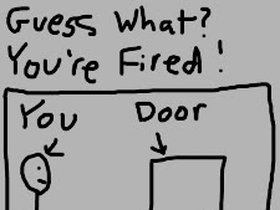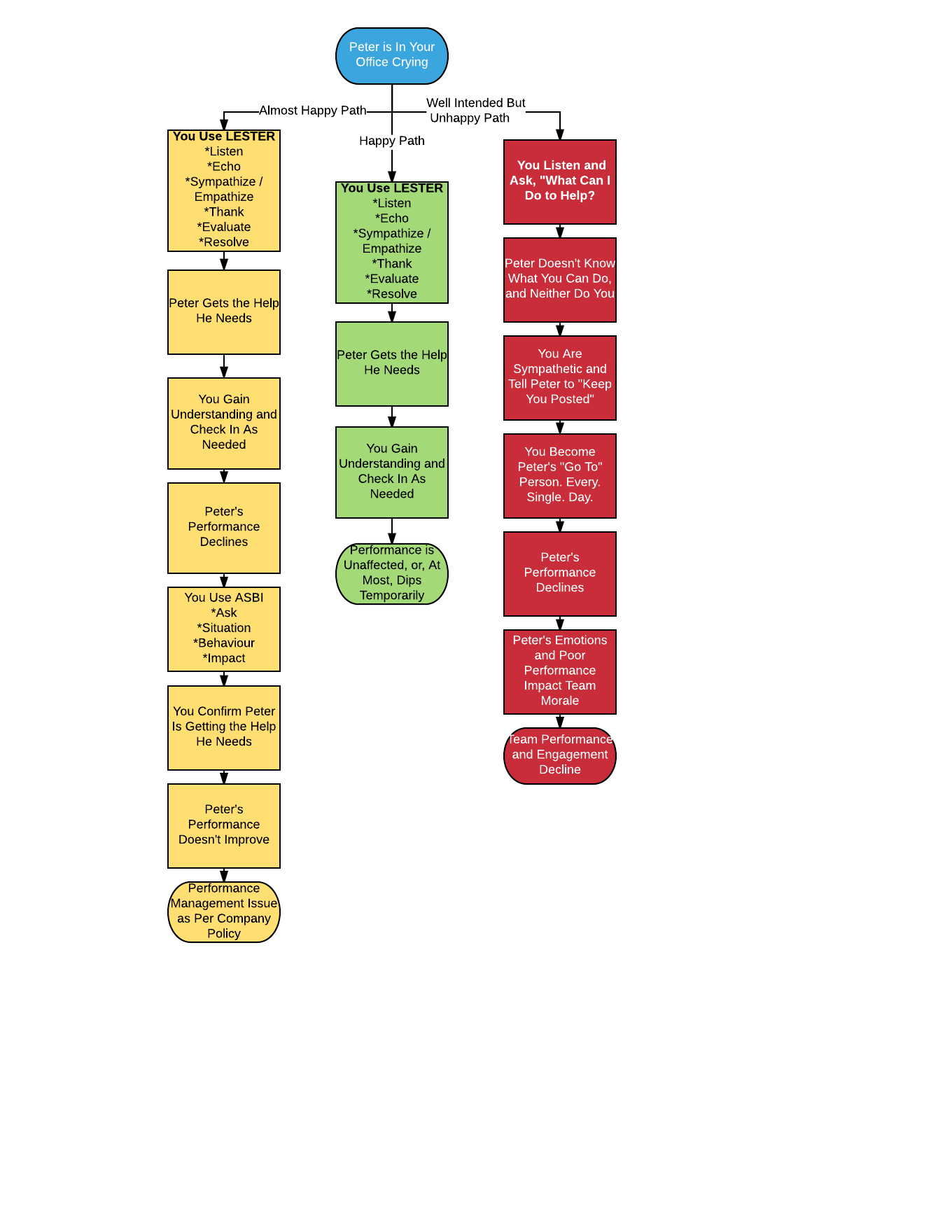Season Three A, Episode One. Podcast recap! (And if you missed the podcast, you can find it here.)
Podcast Recap: Season 3a, Episode 1
 On Season 3 of the podcast we are tackling managing your own career, and our first discussion revolves around the question, “Should I stay, or should I go?”
On Season 3 of the podcast we are tackling managing your own career, and our first discussion revolves around the question, “Should I stay, or should I go?”
Do you really need a new job, or are you just in a bit of a rut? Do you need to find something new, or are you just in conflict with another member of your team or your manager that is giving you grief?
While the job cycle is definitely shorter than it used to be, it’s still important to ask yourself a few questions before you make the decision to leave and find something new. First of all, why are you even thinking about a new job right now?
Why Leave Your Job?
We are asked all the time for advice on careers and job moves and changes, and there tend to be some pretty common themes during those conversations. Do any of these sound like you?
- Bad manager: You might experience signs and symptoms like poor work-life balance, stress, discomfort, or conflict. How have you tried to work through the scenario? Do you have unrealistic expectations?
- Bad performance review/no promotion: You hear something in a performance review that you don’t want to hear and feel uncomfortable and want to leave. You didn’t get that last promotion and are feeling deflated. Have you tried to work through this? Have you identified the gaps? Have you asked for work that helps you fill them? Is there opportunity to change and improve?
- Wanting a new challenge/more responsibility: You feel like you’ve mastered your role. You are bored and need to try something new. Have you asked for new responsibilities or offered to pitch in on different projects?
- Wanting a change: You just want a change for change sake. Some might even look for opportunities in a new city or country! What small changes are possible that would achieve the same result? Or is moving really what you want?
- Impending Doom. A re-org, merger etc. is making you fearful or not really keen on the changes that are ahead. Are you certain that the changes are coming? Are you certain they are going to play out the way you assume? Can you research a bit more?

What is Your Plan?
There is another common theme among people who are starting to get that feeling that they need a new job.
They don’t have a plan, or a goal, or a destination. If you do, then skip ahead to the next section. If not, then read on.
If you just desperately want to leave your job and scramble to something else, you can expect to be equally unsatisfied and unhappy where you land. Eventually.
In order to really address your discontent, you need to have a goal or destination, and you need to make decisions that will help you get there.
Where do you want to be in one year, three years, or even five? Make decisions today that help you reach your longer term goal. Or more directly, find work/projects/courses that help you get to the next step.
The great part, is you are in charge of your goals. You can change them and they aren’t carved in stone. Don’t be afraid to chart out your path – you can change it!
Top Tips to Figure Out “Should I Stay or Should I Go?”
- Reflect: Reflect on the symptoms that you are experiencing and assess whether you’ve taken the steps to improve your current situation. (See above – is your job salvageable, or do you need to develop more skills before you move?)
- Have a Plan: Figure out your plan. Short term to long term. Have an idea of what you are going to so that you are happy when you get there and that this step makes sense in your bigger career plan. What are the stepping stones to get to the next big thing? Have an outcome statement. “I will know I am in the right job if____________.”
- Go Across to Go Up: Are you willing to take a lateral move in order to make a bigger change from there? Are you willing to take a pay cut to switch into a new career?
- Go “TO” something: Are you running away from your job and jumping to ANY job, or are you being selective and finding the right thing? Do you have passion for what you are applying for?

Take some time. Take a deep breath and put down the voodoo doll of your manager or most hated colleague.
Do some reflecting (use a @bestselfjournal if you can, we love them) and planning.
If you are convinced that you need a new job, stay tuned to the podcast and the blog to see how to start that job hunt.
We’ve got you covered.
Until Next Time,
Nicole










 Give these tips a try, let us know how it went on Twitter at @whiteboardcons and check out the rest of our podcast series on our homepage at www.whiteboardconsulting.ca.
Give these tips a try, let us know how it went on Twitter at @whiteboardcons and check out the rest of our podcast series on our homepage at www.whiteboardconsulting.ca.






